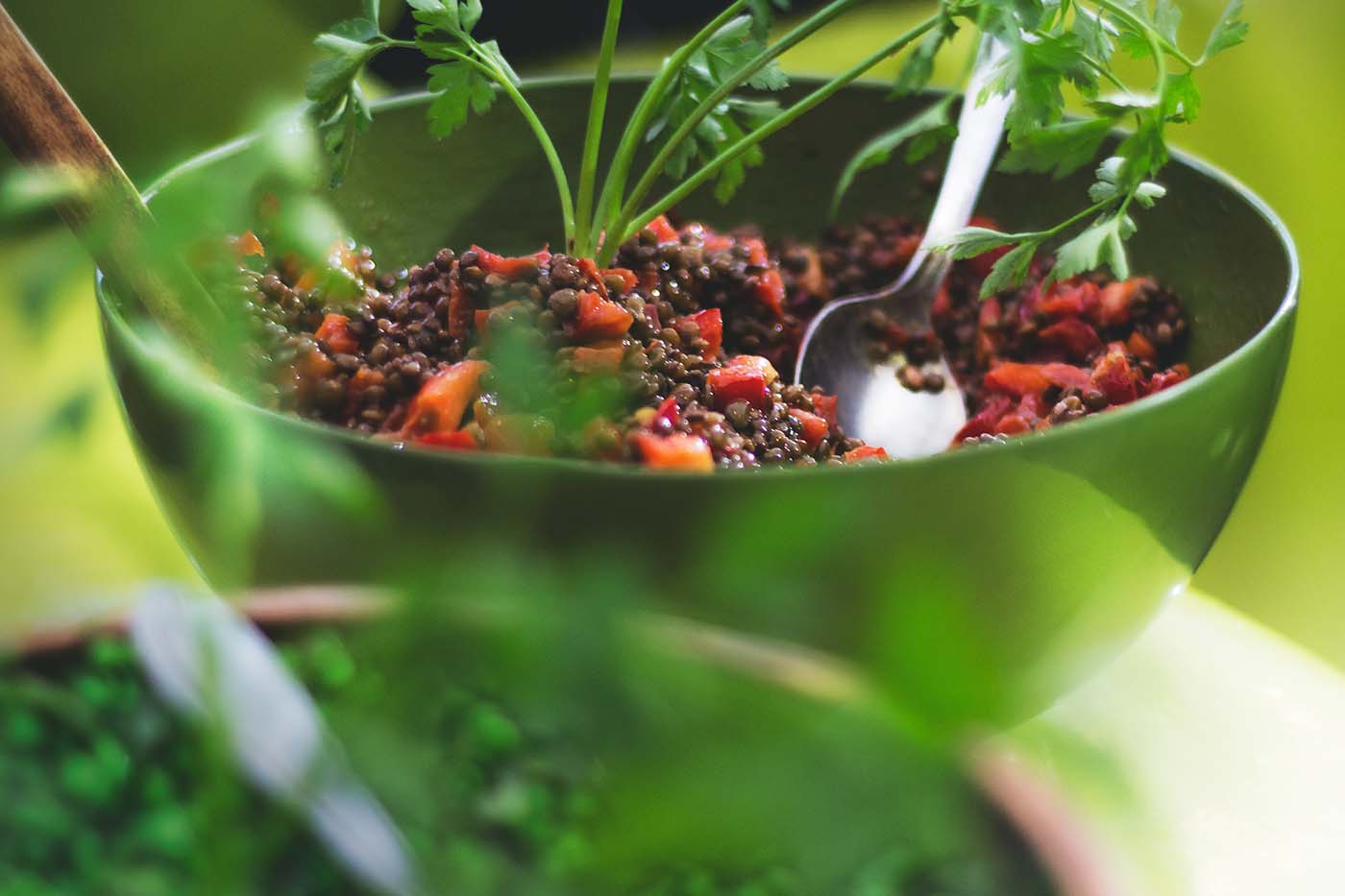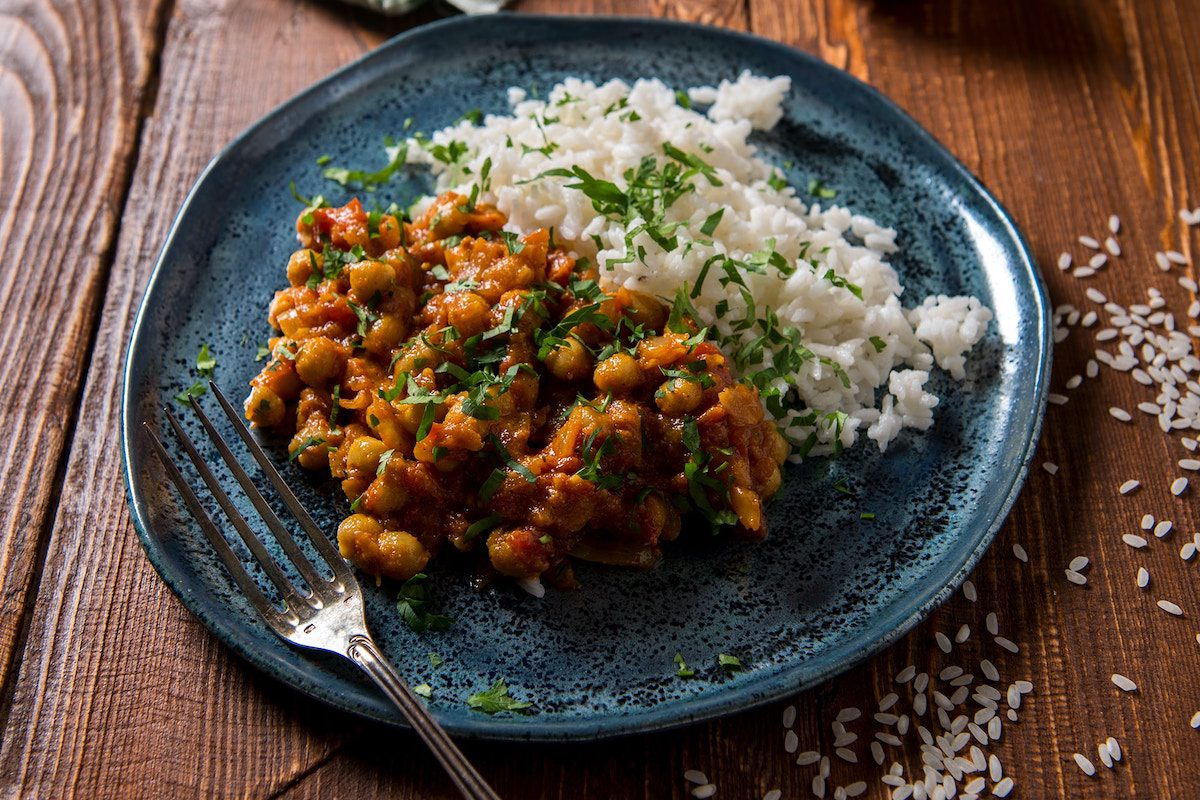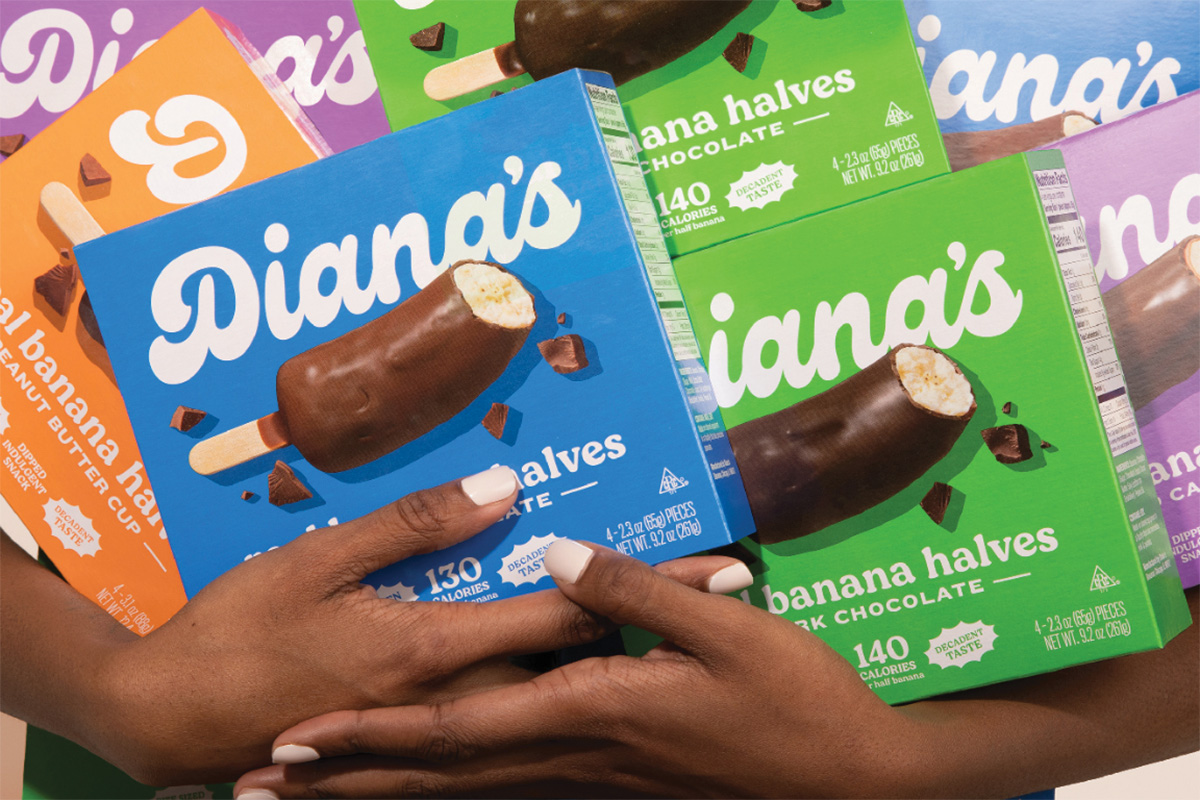Life After (and Before) the Whole30 Reset
I want to start this article off by acknowledging that everyone’s Whole30 experience is different. Some people find it an agonizing process full of restriction that they just can’t wait to be done with. Those people tend to celebrate the end of their reset by going ham on Day 31, eating anything and everything they want. Others – like me, and I’d venture to say most people – find it difficult in the beginning, but as the weeks go on, the positive effects heavily outweigh the negative, and wind up sliding into Day 31 feeling like a brand-new person.
For those who ended the Whole30 feeling on top of the world, yet another divergence occurs. One group, after they’ve identified their problematic foods, successfully maintain their new healthy habits. Sure, they may “slip up” occasionally, but they’re quickly able to get right back on track.
The other group, high on health and drunk with energy, truly believe at first that their relationship with food has been changed forever. But in the days and weeks following Day 30, those new-found habits begin to slowly slip away, as does their control over their food choices. And they’re left feeling like they’re right back to Day 1.
This is me.
In January of this year, I completed my first ever Whole30 challenge and shared key lessons I learned, as well as some helpful tips for anyone considering taking on the Whole30, too.
In the very last paragraph I talked about a concept made popular by Whole30 co-creator, Melissa Hartwig, called “Food Freedom.” In that paragraph, I confessed my struggles with emotional eating, but was quick to credit the Whole30 as having “fixed me.” Sadly, that was not the case.
For me, 30 days was just not long enough to reverse a lifetime of using food to self-soothe and cope with loneliness, stress, boredom, you name it. As much as I desperately wanted to believe, and wanted others to believe as well, that I had finally gotten control over my disordered eating, I knew I needed help making every day feel as good as Day 30. And that’s when I discovered Melissa’s new book, Food Freedom Forever: Letting Go of Bad Habits, Guilt, and Anxiety Around Food.

DISCLAIMER: This is not some bullshit article about how I read this book and my life was changed, and now I’m perfect and you can be too and oh my god I can’t wait for summer so I can try on bathing suits at Target – even with a successful Whole30 behind me, I’ve still got a long road ahead. But I’m happy to share with you some of my biggest takeaways from the book that I hope will help guide me – and maybe you too – on the journey to one day achieving Food Freedom.
1. Remember that Food Freedom is NOT about losing weight
I think for a lot of us, this one is tough to swallow. After all, aesthetics are a major motivating factor for many of us to change our eating habits. But that’s not the only reason. In the book, Melissa references a 2015 poll that shows the number of Americans who want to lose weight is declining. She goes on to say that she believes this is because we want more. We want to sleep better. Improve our digestion. Regulate our hormones. Feel confident, and in control. We want our food choices to be effortless, not a constant struggle.
Most diets don’t help with these things, and in some cases, can make them worse. But a reset like the Whole30, is designed to focus on our overall health, where losing weight is simply a pleasant side effect. And Food Freedom Forever endeavors to provide this type of lifelong, holistic health blueprint.
2. Changing a habit is easier when you have the right tools at your disposal
Melissa outlines four techniques that can help minimize stress and maximize willpower in the face of a difficult food decision. I’m not going to tell you all four, but I will tell you the one I found most fascinating: take deep breaths. It may sound simple, but the science behind it is actually pretty incredible:
“When faced with temptation, your brain releases dopamine, a neurotransmitter responsible for your motivation to pursue a specific rewarding behavior. Dopamine does not provide happiness, only the promise of happiness. And when dopamine has your attention, you become fixated on that reward. This is also perceived by the body as stress, which is why you feel anxious and slightly out of control thinking about your treat. By changing your breathing pattern, you can send a signal to your nervous system that you’re actually DOING JUST FINE, which helps activate the willpower center of your brain and feel more in control.” (Hartwig, Melissa. Food freedom forever. Piatkus Books, 2016, pg 88).
Boom. Mic drop. And that’s just #1. You’ll have to read the book for the other three.
3. No more cheat days
Although restriction is a major tenant of the Whole30, it’s only meant to provide your body the reset it needs to be able to accurately identify the real problematic foods in your diet. But once it’s over, and you know which foods work best for your body, it’s no longer restriction. “The goal of ‘Food Freedom’ is not to avoid eating the delicious treats. The goal is to consciously evaluate whether it’s worth it, and if you actually want it.” And that decision should be made right there in that moment, not planned or plotted days in advance. The “freedom” of Food Freedom means you can eat whatever you want at any time. You’re not restricting or cheating; you’re making decisions.
4. Spot your triggers
Old habits die hard. For some of us there are certain occasions, and even foods, that cause us to backslide into old eating patterns. Melissa writes at length on this topic in Chapter 9:
“In many cases, your most familiar (and detrimental) eating habits have become as automatic as driving. Overwriting these ingrained habits requires constant awareness, consistency in your approach, and practicing the new habits day in and day out.”
Triggers can be occasions like holidays and vacations, or “food with no brakes” like potato chips, popcorn, or in my case, trail mix and mixed nuts (damn you office snacks). Identifying these particular times and treats, and preparing a plan to resist their temptation, will help you better handle these challenges on your Food Freedom journey.
5. You can always come back to the reset
This last takeaway brings my Whole30 experience full circle. I’ve decided to start another round. Day 1. Again. Not only do I know now that I have the power to do it, but I also know how good I am going to feel in the end. It’s a guaranteed strategy to get me back to feeling like the best version of myself. Will it be easy? Hell no. Will it be worth it? Absolutely. Part of me feels a bit foolish already having to do another reset less than 2 months after I finished the first one. But I’ve got to remind myself that I am working to undo and replace habits that have taken me a lifetime to create. I find these words on page 163 both incredibly encouraging, and empowering:
“Returning to your reset is neither a failure nor a weakness. Changing something as emotional as your relationship with food is hard. Think of your reset as just another tool to help you stay committed as you navigate this food freedom journey. Use it when you need it, gaining confidence from each and every revisit. And remember that admitting you need help during a difficult time is a sign of strength, and a huge indicator of the progress you’ve made.”
So there you have it. Whole30: Round 2, Day 1. Who’s with me?












